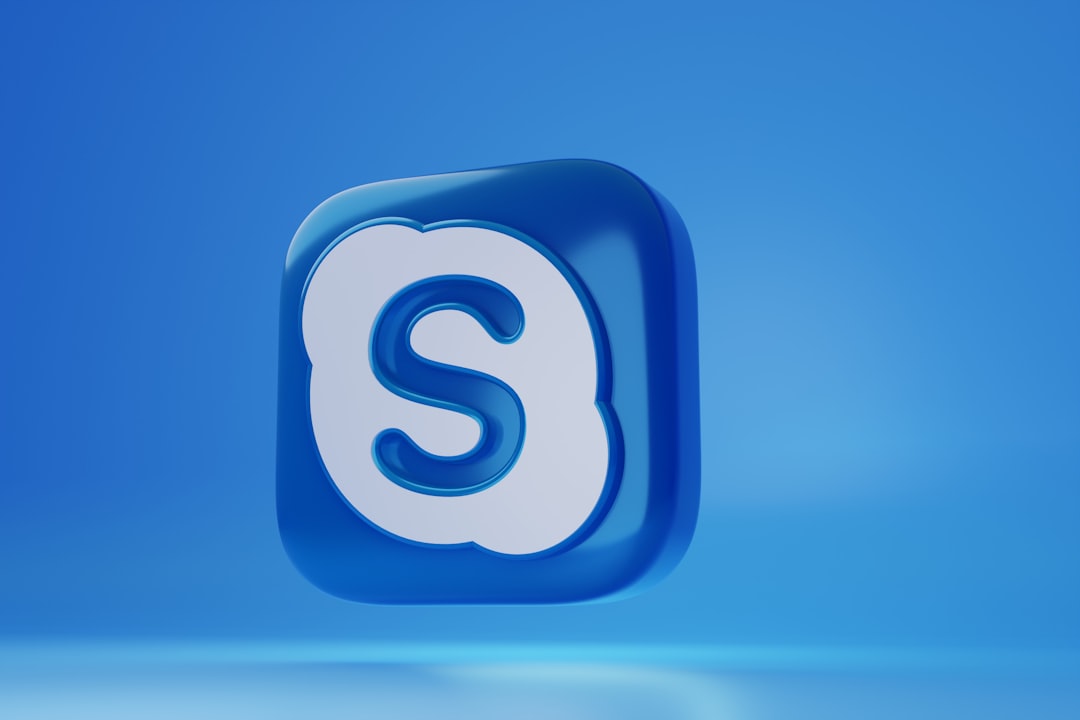Software Development Kits (SDKs) play a pivotal role in modern application development, serving as essential tools that streamline the process of building software. An SDK typically includes a set of software development tools, libraries, documentation, and code samples that facilitate the integration of specific functionalities into applications. The importance of SDK integration cannot be overstated, as it allows developers to leverage pre-built components, thereby accelerating the development cycle and reducing the need for extensive coding from scratch.
This not only saves time but also minimizes the potential for errors, leading to more robust and reliable applications. Moreover, SDKs enable developers to tap into advanced features and services that would otherwise require significant resources to develop independently. For instance, integrating a payment processing SDK can allow an application to handle transactions securely without the developer needing to build a payment system from the ground up.
By utilizing SDKs, developers can focus on their core competencies while enhancing their applications with sophisticated functionalities that improve user engagement and satisfaction.
Key Takeaways
- SDK integration is important for enhancing the functionality and capabilities of your application.
- Choosing the right SDK is crucial for ensuring compatibility and optimal performance.
- Implementing best practices for SDK integration is essential for a smooth and efficient process.
- Leveraging SDKs can enhance the functionality of your application and provide additional features.
- Ensuring seamless integration with existing systems is necessary for a cohesive user experience.
Choosing the Right SDK for Your Application
Selecting the appropriate SDK for an application is a critical decision that can significantly impact its success. The first step in this process involves identifying the specific needs of the application and understanding the functionalities that the SDK must provide. For example, if an application requires real-time communication features, developers might consider SDKs that specialize in messaging or video conferencing capabilities.
Evaluating the features offered by various SDKs is essential to ensure they align with the project’s goals and user requirements. In addition to functionality, developers should also consider factors such as compatibility, ease of use, and community support when choosing an SDK. Compatibility with existing technologies and platforms is crucial; an SDK that integrates seamlessly with the current tech stack can save considerable time during implementation.
Furthermore, an SDK with comprehensive documentation and active community support can significantly ease the learning curve for developers. For instance, popular SDKs like Firebase provide extensive resources and community forums that can assist developers in troubleshooting issues and optimizing their implementations.
Implementing SDK Integration Best Practices

To ensure successful SDK integration, developers should adhere to best practices that promote efficiency and maintainability. One fundamental practice is to thoroughly review the SDK documentation before beginning integration. Understanding the setup process, configuration options, and potential limitations can prevent common pitfalls and streamline the implementation process.
Additionally, developers should consider creating a prototype or proof of concept to test the SDK’s functionality in a controlled environment before full-scale integration. Another best practice involves maintaining clean and organized code during integration. This includes using consistent naming conventions, modularizing code where possible, and documenting any custom modifications made to the SDK’s functionality.
Such practices not only enhance readability but also facilitate easier updates and debugging in the future. Furthermore, developers should regularly check for updates to the SDK, as newer versions may include important security patches or feature enhancements that can benefit the application.
Leveraging SDKs for Enhanced Functionality
| SDK Name | Functionality | Compatibility | Documentation |
|---|---|---|---|
| SDK A | Enhanced UI components | iOS, Android | Comprehensive |
| SDK B | Analytics tracking | iOS, Android, Web | Extensive |
| SDK C | Push notification support | iOS, Android, Windows | Detailed |
SDKs offer a wealth of opportunities for enhancing application functionality beyond basic features. For instance, integrating machine learning SDKs can empower applications with predictive analytics capabilities, enabling them to analyze user behavior and make data-driven recommendations. This can significantly improve user engagement by personalizing experiences based on individual preferences and past interactions.
Companies like Google provide powerful machine learning SDKs that allow developers to incorporate advanced algorithms without needing deep expertise in data science. Additionally, leveraging social media SDKs can enhance user interaction by enabling easy sharing of content across platforms. For example, integrating Facebook or Twitter SDKs allows users to log in using their social media accounts, simplifying the registration process and encouraging user retention.
These integrations not only enhance functionality but also foster a sense of community among users, as they can easily share their experiences and achievements within the application.
Ensuring Seamless Integration with Existing Systems
A critical aspect of successful SDK integration is ensuring that it works harmoniously with existing systems and technologies. This requires a thorough understanding of the current architecture and how the new SDK will fit into it. Developers should conduct a comprehensive analysis of potential conflicts or compatibility issues that may arise during integration.
For instance, if an application relies on a specific database technology, it is essential to verify that the chosen SDK can interact effectively with that database. Moreover, testing is paramount in this phase. Developers should implement rigorous testing protocols to identify any integration issues early in the development process.
This includes unit testing individual components as well as conducting end-to-end testing to ensure that all parts of the application work together seamlessly. By prioritizing thorough testing and validation, developers can mitigate risks associated with integration failures and ensure a smooth user experience.
Maximizing Potential Revenue Streams through SDK Integration

Integrating SDKs can open up new revenue streams for applications by enabling monetization strategies that were previously unattainable. For example, integrating advertising SDKs allows developers to display targeted ads within their applications, generating revenue based on user interactions with those ads. Platforms like AdMob provide comprehensive solutions for mobile app monetization through ad placements, which can be tailored to fit seamlessly within the app’s user interface.
In addition to advertising, integrating payment processing SDKs can facilitate in-app purchases or subscription models, providing a direct revenue channel. By utilizing services like Stripe or PayPal, developers can implement secure payment solutions that enhance user trust while simplifying transactions. This not only increases potential revenue but also improves user satisfaction by offering convenient payment options directly within the app.
Monitoring and Optimizing SDK Performance
Once an SDK has been integrated into an application, ongoing monitoring and optimization are essential to ensure it continues to perform effectively. Developers should implement analytics tools to track key performance indicators (KPIs) related to the SDK’s functionality. This could include metrics such as load times, error rates, and user engagement levels associated with features powered by the SDK.
By analyzing this data, developers can identify areas for improvement and make informed decisions about necessary adjustments. Additionally, regular performance reviews should be conducted to assess how well the SDK is meeting its intended goals. If certain features are underperforming or causing issues, developers may need to explore alternative solutions or optimizations within the existing framework.
Future-proofing Your Application with SDK Integration
In an ever-evolving technological landscape, future-proofing applications through strategic SDK integration is vital for long-term success. As new technologies emerge and user expectations shift, having a flexible architecture that allows for easy updates and integrations becomes increasingly important. Developers should prioritize choosing SDKs that are actively maintained and supported by their providers, ensuring they remain compatible with future advancements.
Furthermore, adopting modular design principles can enhance an application’s adaptability over time. By structuring code in a way that allows for easy swapping or upgrading of individual components—such as replacing one SDK with another—developers can respond more swiftly to changes in technology or market demands. This proactive approach not only safeguards against obsolescence but also positions applications to capitalize on new opportunities as they arise in the dynamic digital ecosystem.
If you’re interested in exploring the intricacies of software development kits (SDKs), you might find it fascinating to draw parallels with the concept of bifurcation in various systems. Bifurcation, much like the branching paths in software development, involves understanding how small changes can lead to different outcomes. For a deeper dive into this concept, you can read more about it in the article Understanding Bifurcation: Types and Examples. This article provides insights into how bifurcation can be observed in different contexts, offering a unique perspective that can be applied to understanding the complexities of SDKs.





















+ There are no comments
Add yours